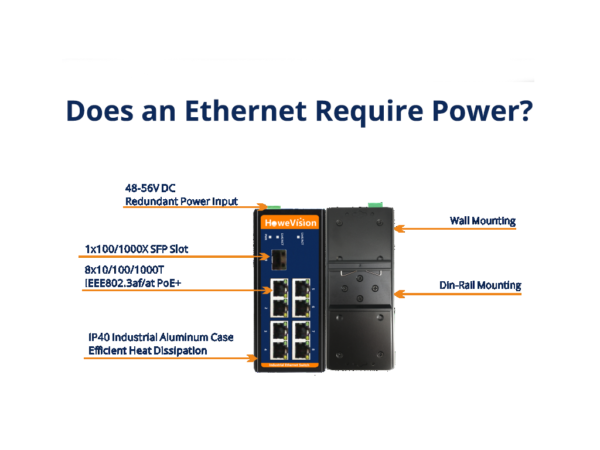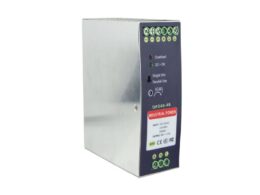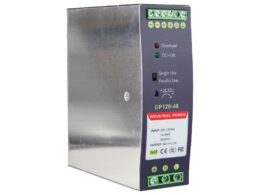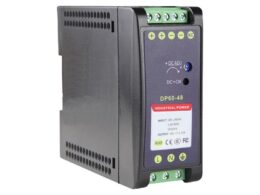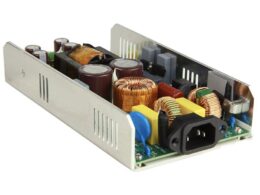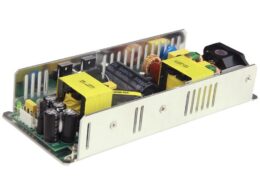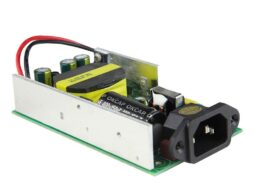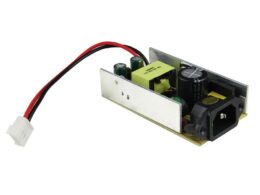All network switches need the power to operate. Most network switches consist of AC power. Thus, it is essential to have a power source outlet when running an Ethernet switch.
Ethernet switches need power to operate like any other network switches. They need data transmission and control over the wireless network.
The power required by an Ethernet switch will vary depending on the manufacturer. On average, Ethernet switches usually consume between 15-20 watts.
Would you like to learn more about the power usage of Ethernet switches? I will split this topic into many applicable sections.
What Is an Ethernet Switch?
An Ethernet switch connects wired devices and a local area network. Thus, many Ethernet switch ports offer fast connectivity and accessibility.
An Ethernet Switch network uses ports to connect with Local Area Network devices. Now, you might think that routers or hubs do the same task.
Remember, an Ethernet switch may contain features similar to the hub or router. However, we cannot say that these three devices are the same.
Ethernet switches are different from devices like routers. Routers connect networks using either a WAN or LAN port.
Moreover, routers interconnect networks connecting LANs and WANs. Thus, they stand at the gateway between networks and route data packets.
Likewise, devices such as hubs work like Ethernet switches. However, a significant difference is that Hubs can split the bandwidth into equal portions and distribute it among the ports.
The Ethernet switches can dedicate more or less bandwidth to specific ports. And that too without affecting the network performance. Moreover, the Ethernet switch provides strong performance when multiple active devices are used.
As a result, many corporate offices prefer to use Ethernet switches for wired and wireless networks.
How Do Ethernet Switches Work?
When you install the Ethernet switch correctly, you notice many improvements in the network performance. You can understand this point if you know the working mechanism of Ethernet switches.
So, let me explain the working mechanism of Ethernet switches.
Frames
It is nothing but a sequence of information that runs over Ethernet networks to transmit data among connected devices.
Ethernet frames consist of a source address and the destination address. A source address means the device location that sends the frame. The destination address indicates the device that will receive data.
You can understand it better if you know a typical seven-layer OSI model. In computer networking, frames belong to layer 2. Thus, we sometimes call them Layer-2 switches.
Transparent Bridging
Ethernet Switches can work well without network configuration. That happens because of transparent bridging.
Address Learning
Ethernet switches can control how frames transmit between switch ports. It also decides the forwarding of traffic based on MAC addresses.
In short, Ethernet switches can understand which devices are running on which network segment.
Traffic Filtering
A database of addresses helps the switch filter and forward the traffic. When a device sends a frame to another, its MAC address updates the switch database.
An Ethernet switch can also divide traffic among specific segments that want to accept frames from the sender. As a result, it ensures that traffic does not accidentally travel to other ports.
Frame Flooding
Some records in a switch’s forwarding database drop out when no frames come from a specific source for a longer period. This prevents the forwarding database from overloading with unwanted entries.
Some entries drop out at one point and resume traffic after some time. In such cases, the Ethernet switch passes the frame to all ports, which we call frame flooding.
Do Ethernet Switches Need Power?
Ethernet switches need power for better functioning. Other than the standard AC power that Ethernet switches use, various energy sources are available.
As we know, AC is the most common solution most people use to power their switch. Most switches already come with a provision to connect the power supply.
If you use an unmanaged switch, things can be pretty straightforward. You only need to give the switch power and connect the devices using an Ethernet cable.
However, managed switches may need some extra work to set up. The main issue occurs when there is no power outlet near the switch.
So, is there a solution for powering the Ethernet switch when a nearby power outlet is unavailable?
What Is the Solution?
There are some alternative power options for the main electricity supply. It includes using either a PoE switch or a USB power network switch.
People prefer the PoE switch over the USB power switch for various reasons.
USB power switches are less powerful. Besides, they have a limited number of Ethernet ports. Above all, you may need to look out for a USB port to work as a power supply.
The Power over Ethernet switch seems to be the best solution compared to the USB option.
A PoE switch can help you send data and power on the same Ethernet cable. As a result, it saves your installation time and cost. Besides, you also save ample space that you might use to run a separate cable for power.
You can see the presence of PoE switches in most of the corporate offices. The Power over Ethernet injects a small voltage of about 48 volts into the Ethernet cable.
Why Should Every Business Consider Using Ethernet Switch?
People often ask me how the Ethernet switch works. How does it expand business operations in companies?
And I only answer their question in one sentence – Ethernet switches are helpful to companies.
But why is this so? They offer higher performance, scalability, and adaptability to any network, whether it’s a simple unmanaged switch or a fully secure managed switch!
Gigabit Ethernet switches, the latest models, offer high data transfer rates.
What’s more, these switches are available in multi-port options. That means you can choose a particular switch depending on your port requirements.
For large offices, you can choose a 16-port PoE switch. Likewise, PoE switches are also available for domestic use; in this case, you can select a 4-port PoE switch.
Final Thoughts!
As you can see, almost all network switches need power to carry out their operations. An Ethernet switch is no exception.
You can use a USB-powered network switch, but considering all the drawbacks, this may not be a suitable option.
You can choose the second option, using a Power over Ethernet switch. Remember, PoE switches have many benefits compared to other network switches.
An industrial PoE switch can improve network performance with reduced downtime. It offers remote management options and reduces cabling needs, thus reducing costs to some extent.
I hope you now understand how an Ethernet switch works. So, go ahead and choose the best Ethernet switch to improve different aspects of your network performance.
